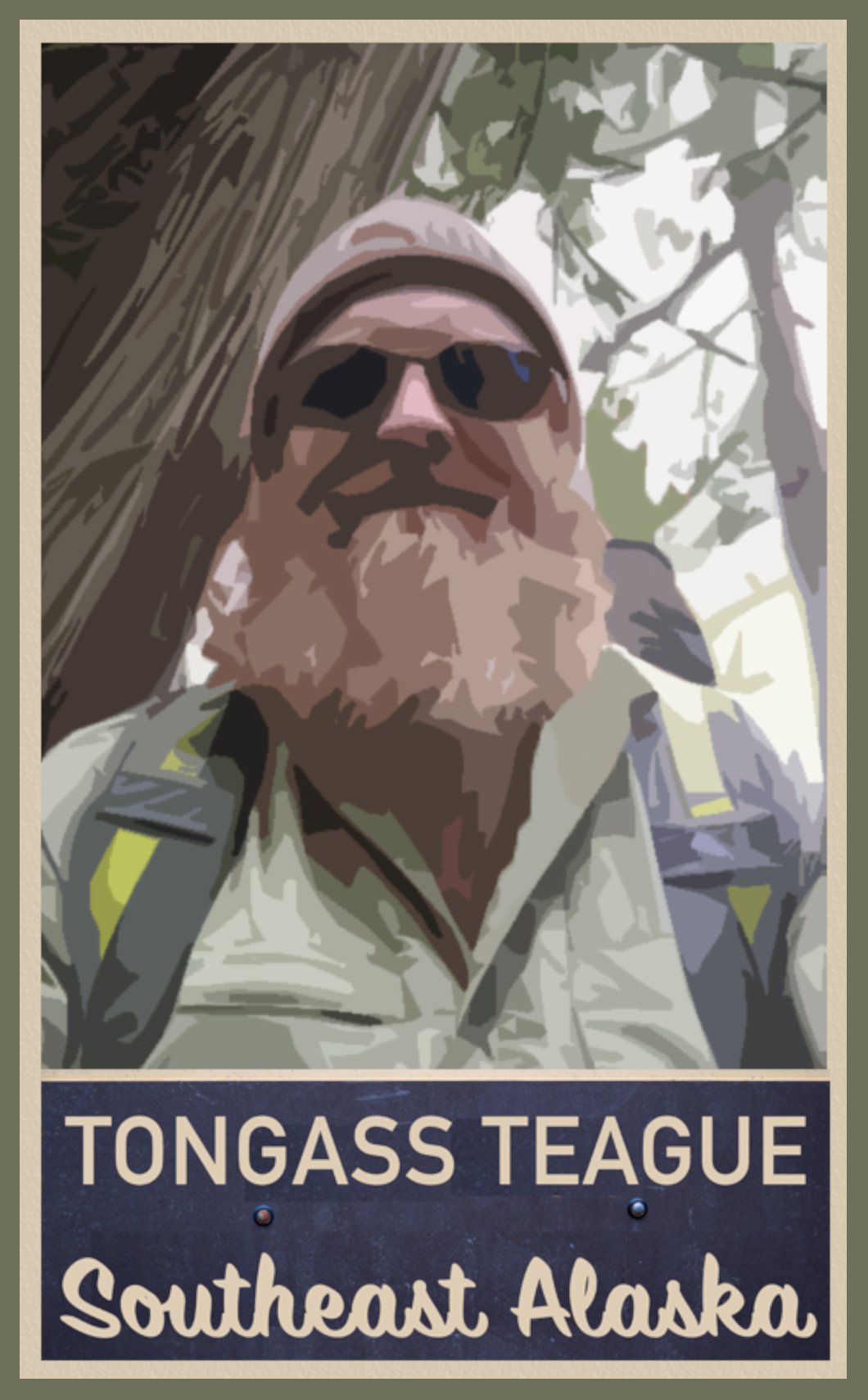10. Leave No Trace
If we want to be good stewards of the earth, of the wildlife’s home in wilderness, treading lightly and mindfully is a must. We all seek a pristine experience, and in order to preserve that possibility, we need to not be selfish and scar or trash the areas where we travel because the next person wants to enjoy a similar fresh experience too. Trails, shelters, signs, steps, and bridges aside, “leave no trace” is a zero-tolerance approach to leaving any man-made thing behind in the wilderness where you’ve been. Simply, pack out what you pack in. Please do not litter and do carry out your trash. Feel free to pick up trash that you even find along the way. Follow the rules and regulations of the land where you are hiking and know whether you are in an Alaska State Park, the Tongass National Forest, Alaska Mental Health Trust Land, Ketchikan Gateway Borough, Ketchikan city land, or tribal lands. These may have different policies concerning camping, fires, fishing, and hunting. If you are fishing or hunting, make sure you secure the appropriate licenses and are within the correct season. According to the Associated Press, the famous Detroit rock star, Ted Nugent was fined $10,000 for killing a bear out of season in Southeast Alaska. Ignorance is no excuse.
Though some of these trails have outhouses available at or near the trailhead, there mostly aren’t any facilities while you are out in the woods. While I was guiding students in the White Mountains of New Hampshire, we were heavily discouraged from going off trail because of all the heavy traffic that used those trails and because of the delicate flora that was being preserved. So, this meant we often just peed right on the trail. However, here in the Ketchikan area we have such a dense, fast growing forest, that stepping off the trail for a little privacy is quite okay. For #2 scenarios, there are couple of approaches: 1) Kick out a hole (or bring a small gardening shovel) and unwrap some tinfoil on which to place your used toilet paper, then wrap it up and place in a zip-lock bag to carry out and dispose of later. If you have too, just leave your used toilet paper in the hole and fill the hole back in when you are finished, or 2) Carry a couple Wag Bags with you. This is a simple and clean disposable system that many backcountry trekkers use and are sometimes required to use in certain areas around the country. It’s a large plastic bag designed for a portable toilet, but of course, hikers usually don’t pack in the portable toilet seat, but can easily squat over the bag. Each individual kit comes with toilet paper, a hand wipe, and a powder that gels and deodorizes the waste. Then you enclose the waste in the bag, including the toilet paper and hand wipe, and encase it in a zip bag that they provide. Then this can be sanitarily carried out and thrown out in any trash receptacle once you are back to town. Easy and convenient.
We are all owners of public land and therefore should act as stewards of this land, as if it were our own backyard. So keep it clean.
